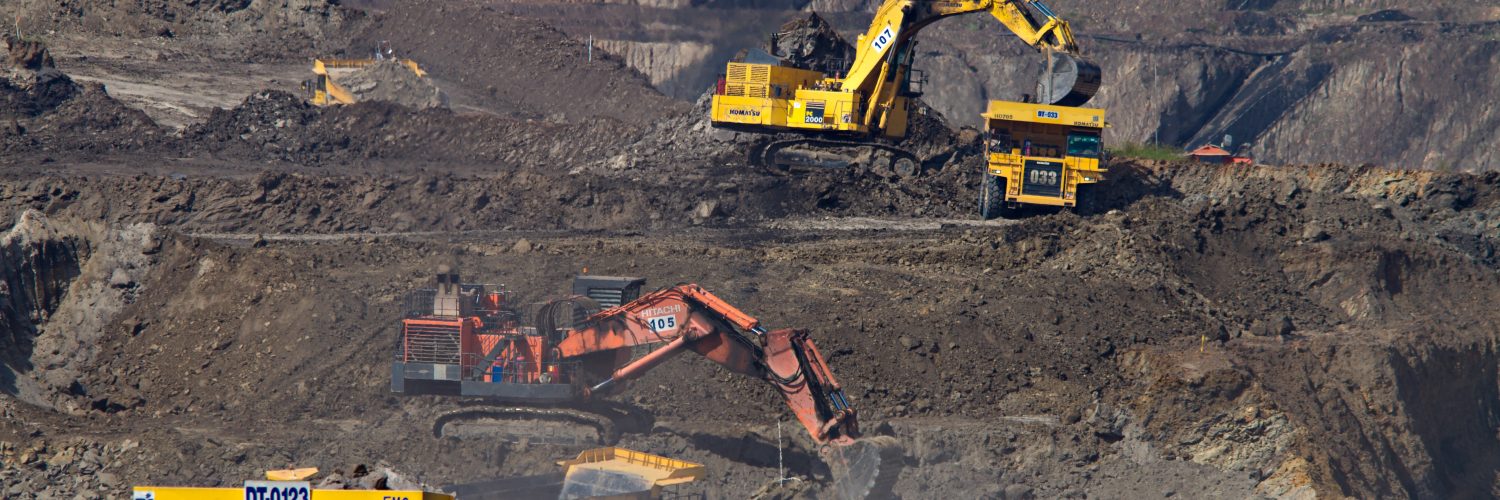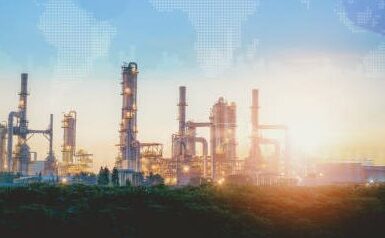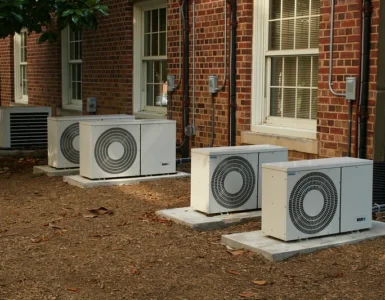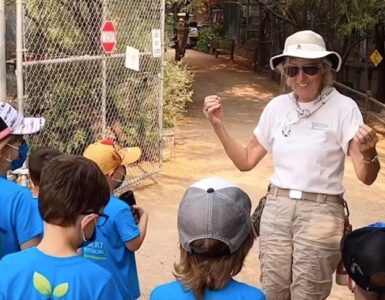There’s a reason the state capitol has a copper dome, a copper star on the state flag, and a miner gracing the state seal. Mining is a $6.6 billion industry in Arizona with a legacy reaching back to the heyday of Tombstone and Jerome.
Today, Arizona is the number one producer of copper in the country and the second largest mine producing state. Yet even now, people have misconceptions about mining, said Steve Trussell, executive director of the Arizona Rock Products Association and the Arizona Mining Association that represent aggregate and hard rock mining in the state.
“One of the biggest misconceptions is about safety,” Trussell said. “Right now, our safety record is lower than retail. It’s lower than government and on par with education.
Intense regular training, daily safety meetings, and heightened vigilance are today’s world.
“These guys are serious,” Trussell said about employees. “They just won’t tolerate unsafe acts in the workplace.”

Other common myths about mining:
Wages are low
Mining requires highly trained laborers, managers and professionals including mining and planning engineers, geologists, metallurgists, and plant operations managers.
The median income in the mining industry in Arizona is $102,860, Trussell said.
Geoscience employees average $70,100 a year, according to data collected by the American Geosciences Institute. Laborers are paid higher than elsewhere because mining’s remote locations make it difficult to recruit workers.
“When I make presentations in schools, people are always surprised to find out what equipment operators are paid,” Trussell said.
Heavy equipment operators’ annual salaries in Arizona range from $36,000 to $52,600.
It’s a man’s industry
There are women in the industry, many who hold highly technical and highly degreed positions as well as labor jobs. About 13 percent of mining industry employees are women, according to the U.S. Bureau of Labor Statistics.
At the School of Mines in Colorado, 28 percent of students are female, according to U.S. News & World Report.
“We have haul drivers and geologists who are women, and many in jobs that require a high attention to detail,” Trussell said.
Mining is destroying the environment
Government regulations, new technology, and mining companies’ commitment to cleaning up “orphan” mining sites have produced cleaner processes and reduced environmental impacts.
Now, there are a number of green practices: recycling waste, methane capturing techniques, zero discharge water programs, energy efficiency programs, and dust control. Mining companies also have reclaimed millions of acres of mined land and converted it into areas for public parks, recreation, and wildlife reserves, according to the U.S. Mining Association.
In Arizona, mines recycle 75 percent of the water they use, Trussell said.
Technology is outdated
Technology has become more advanced, not only in cleaner processes but in extraction of materials not accessible in the past. New technology makes safety equipment safer and can act as a replacement for humans in dangerous situations.
“We don’t put people in harm’s way when we can use robotics or drones,” Trussell said. “Instead of putting someone on a high piece of equipment, we’ll put up a drone.”
Mining is under regulated
There are federal laws that govern mining’s impact on the environment, and most states have their own regulations. Federal laws govern environmental abuses such as the release of hazardous substances, spillages, and airborne or water pollution.
“Some folks think this is an unregulated industry but if you look at the list of things we’re responsible for we are absolutely regulated on every front; air quality, solid waste, water quality, hazardous materials, and safety,” Trussell said.
Clearly, the days of old are gone.
















Excellent article on mining. Well researched.